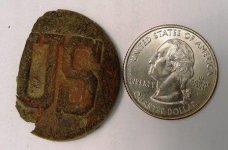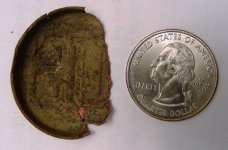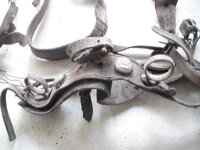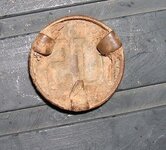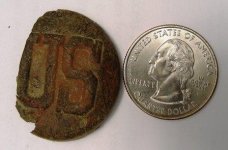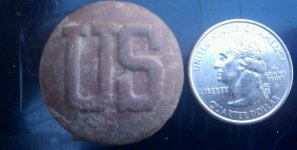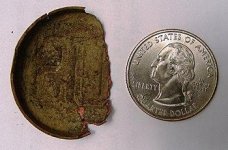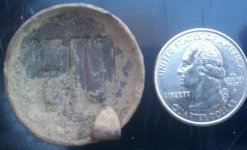SkyPirate
Bronze Member
- Mar 31, 2009
- 1,861
- 83
- Detector(s) used
- Garrett AT Pro, Garrett ProPointer
- Primary Interest:
- All Treasure Hunting
WWI Rosette? Button? SOLVED!
What could this be? I was hoping this was Civil War era because there was activity in the area where I found it. But I am guessing it is WWI. Maybe a horse rosette? a uniform button? Any help would be apreciated. Did people buy surplus horse tack back in the day and use it on the farm? I find WWI & II horse tack often around old homesites and wonder how it got there.
What could this be? I was hoping this was Civil War era because there was activity in the area where I found it. But I am guessing it is WWI. Maybe a horse rosette? a uniform button? Any help would be apreciated. Did people buy surplus horse tack back in the day and use it on the farm? I find WWI & II horse tack often around old homesites and wonder how it got there.

Amazon Forum Fav 👍
Attachments
Last edited:


